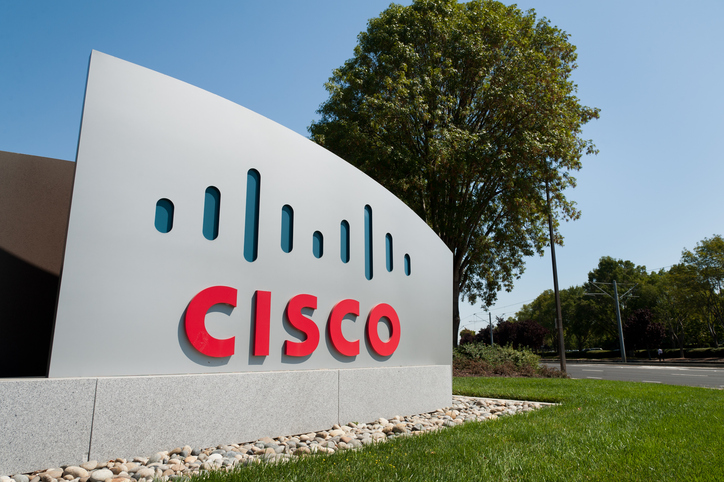Museums are not typically associated with breakthroughs in software technology – but the Computer Museum in Boston, Massachusetts is probably a more likely institution than most to play host to such a development. There, employee David Greschler developed technology to deliver children’s software programs to PCs in the museum from a single computer. Realising this technology could be just as
|
||
easily used on corporate networks, he left the museum in 1996 to co-found Softricity.
Unlike traditional software distribution products, Softricity’s software ‘streams’ Windows applications to individual client devices without the need for any distribution code on those devices. That makes it suitable for any organisation that installs and upgrades applications manually across its network, claims Greschler.
Softricity’s core server-based product, SoftGrid for Windows Desktops, enables network administrator to send components of an application, such as PowerPoint, to users on demand. The company’s other product, SoftGrid for Terminal Servers, enables non-Windows devices to receive applications via a SoftGrid proxy server.
At the moment, Softricity has few direct competitors, apart from AppStream and Exent Technologies, both of which have less of a presence in the Windows market, according to Greschler.
Softricity addresses that market largely through channel partners. The company works with connectivity specialist Citrix, whose products enable ‘dumb’ terminals to access Windows applications running on a central server. While Citrix products enable multiple users to share a common computing device, Softricity’s products enable multiple applications to share a common computing device.
In May 2002, Softricity signed an agreement with software giant Microsoft, to jointly market and develop web services software – the new programming approach for delivering software modules over the Internet. Even if this opportunity fails to grow quickly, Softricity still has a solid business in application delivery.









